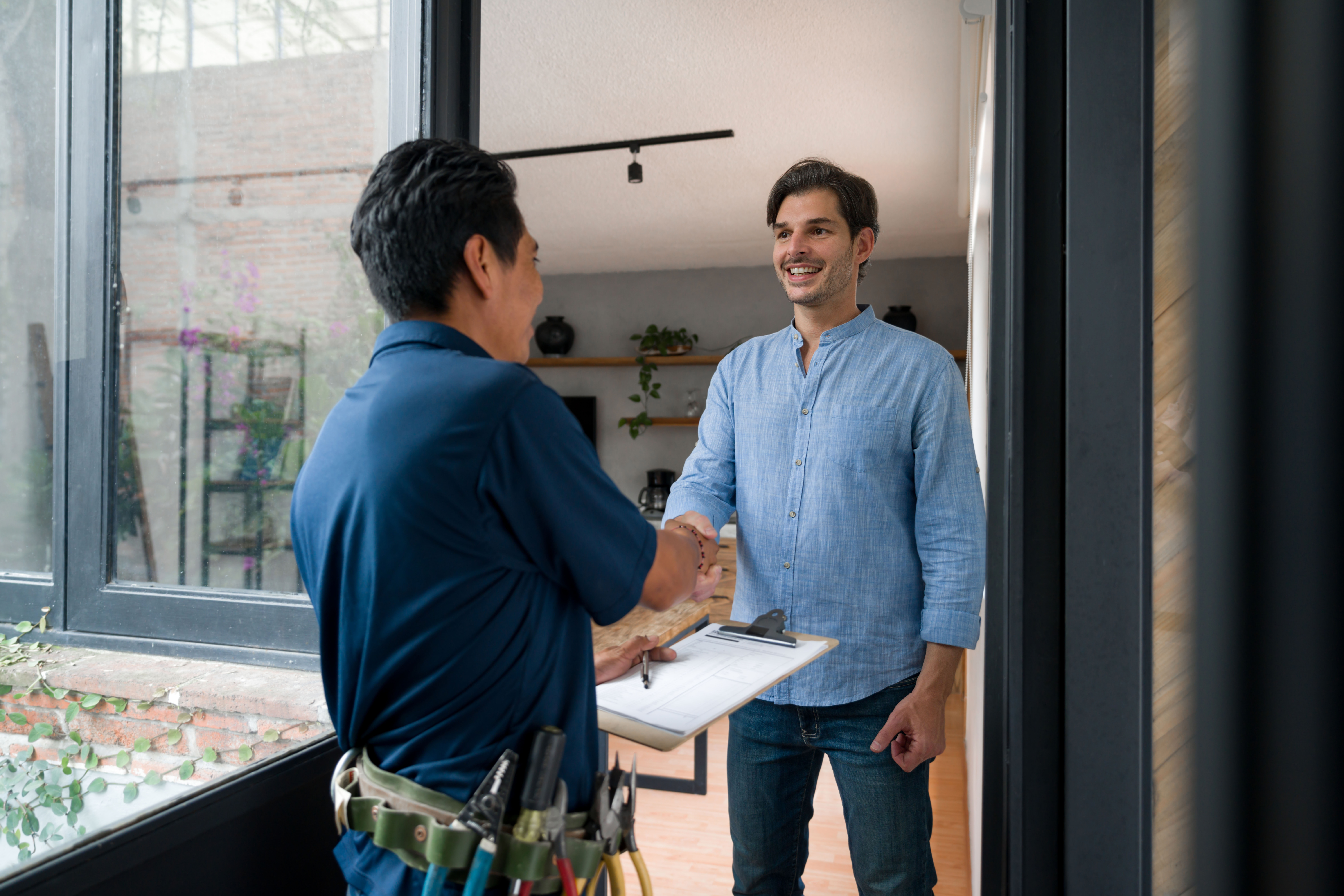As climate change becomes more unpredictable, the world has asked its citizens to seek green and eco-friendly substitutes that will leave their carbon footprint behind. Optimizing indoor lighting is one considerable activity you can do to lower your electricity consumption and minimize the amount that goes into greenhouse gas emissions. Households and offices account for a large portion of energy consumption related to indoor lighting. Explore various strategies to transition into more efficient, cost-effective indoor lighting sources to save both money and our environment.
1. Switch to Energy-Efficient Lighting Solutions
Indoor lighting is a crucial aspect of a comfortable home. However, traditional lighting methods are only sometimes the most environmentally friendly. One simple switch you can make is to energy-saving lighting in your home. Not only do they use less energy and lower your electricity bill, but the investment in a cheaper bulb that lasts longer will eventually pay back.
Further, switching to energy-efficient lights can make your space more bright and inviting. To arrange for a home safety inspection with updates to your lighting, contact Hunt’s Servicesin Tacoma and nearby areas. Doing this can make your home not only safe but also environmentally friendly. Taking small steps like this can add up to make a much greener tomorrow.
2. Install Smart Control Systems
One practical step is to install intelligent control systems. These systems are easily programmed to turn off lights automatically when rooms are unoccupied, reducing energy waste and helping you save on your utility bills. Also, intelligent control systems can simply use infrared sensors to turn lights on; your home becomes safer and more convenient.
Using these systems, you can also control the brightness and color temperature to achieve ideal reading lights or relaxing moods. With intelligent control systems, you can change your home’s lighting into an energy-efficient, family-friendly one.
3. Utilize Natural Lighting
Combined with indoor illumination, natural light can be a real breakthrough. Natural light is not only cheaper and better for the environment; it can even play a role in boosting moods. So, how can you bring natural light home?
Start by strategically placing plants near windows to filter in more natural light. Or, invest in window treatments that get the most sunshine into the room but minimize glare or UV rays. In addition, during daylight hours, remember to open your blinds and curtains to use the sunlight. Not only does the natural lighting help protect our environment, but it will also add a warm luster to your room.
4. Use Light Sensors
Another way to make indoor lighting more eco-friendly is by installing light sensors. These cunning gadgets can sense the degree of natural light in a room and adjust artificially introduced lighting accordingly. This means both electricity and carbon emissions can be used economically. People only turn on as many lights as they need to use at any time of the day or night.
It not only reduces your ecological footprint, but in many cases, it saves you money on the electric bill. The most straightforward aspect of light sensors is installation. Some models are easy to install, and some require professional installation for convenience. This simple yet eco-friendly feature will help you replace your indoor lighting and boost the comfort of living in an environmentally responsible manner.
5. Use Some Solar-Powered Lights
Regarding lighting, switching to solar-powered lights is a big step in reducing energy consumption. Unlike traditional energy sources, solar lights use renewable resources from the sun. They are good lights for indoor use; they can light up any spot in your house.
Whether you want to give your living room a look of modernity or create an intimate atmosphere in the bedroom all styles and designs are covered by solar-powered lights. Not only are they practical, but even the most minor corner appears refined and modern with them. Moreover, when you add solar-powered lights to your home, energy bills lessen, and the planet benefits as well.
6. Recycle Your Light Bulbs
They also last longer and are more energy-efficient than the old lights, but at the end of their life they still have to be thrown away. Recycling light bulbs cannot only keep toxic materials from landfills but will no longer pollute our air, water, or soils.
When you change a light bulb next, why not give it another life by recycling? On top of protecting the environment, you can conserve energy by recycling. Changes of this type seem insignificant, but they can add up to a cleaner and more sustainable world.
7. Use Motion-Activated Lighting
Motion-activated lighting is a great way to save energy, particularly in less frequently used areas. Garages, closets, or even bathrooms are examples. With motion-activated lights, you no longer need manual switches and can turn the light only when someone enters a room. It can also power off after several minutes of inactivity.
Moreover, these motion-activated lights enhance the security of your home by detecting any unwelcome intruders. By doing this, you can save both energy and money since your electricity consumption decreases.
8. Install Energy-Saving Light Fixtures
This is another way of making your indoor lighting friendlier to the environment. With their incandescent and fluorescent lamps, old-fashioned light fixtures consume a lot of energy. However, LEDs and CFL light bulbs use only half the electricity for each unit of glowing photons emitted.
LED fixtures also take many shapes and forms, suitable for installation nearly anywhere in the sunlight. You can also replace traditional light fixtures with energy-efficient ones (including LED-type, new-generation light bulbs) and those with their own built-in power-saving lighting system.
9. Avoid Over-Lighting
Over-lighting spaces can lead to wasted electricity, excessive brightness, and unnecessary energy consumption. You can reduce energy usage and go green by lighting up only the most necessary areas. Only light up the places that need to be lit, or use an under-cabinet lamp in the kitchen instead of switching on overhead lights all day.
10. Maintain Your Lighting Fixtures
Regularly maintaining your lighting fixtures can expand their life span and reduce energy consumption, which saves you money in the long run. Clean your light fixtures often, change burnt-out bulbs, and substitute them with efficient ones wherever possible. It’s also essential to keep your fixtures free of dust and debris. Clogged fixtures can reduce light output, making you rely on more energy to light up a space.
Easy and beautiful ways to achieve indoor lighting that is friendly toward the environment while simultaneously beautiful this does exist. Whether switching to LED lights or automated window treatments, every investment in an energy-efficient system helps create a more sustainable planet. At Hunt’s Services, we have you covered to ensure this process is done according to safety standards. We are dedicated to delivering our customers dependable and excellent air conditioning, heating, plumbing, sewerage maintenance work, and electrical services. From start-up all the way through to completion, you can count on us for your home renovation needs. Please schedule your appointment today or contact us to see how we can help you. We look forward to hearing from you.




